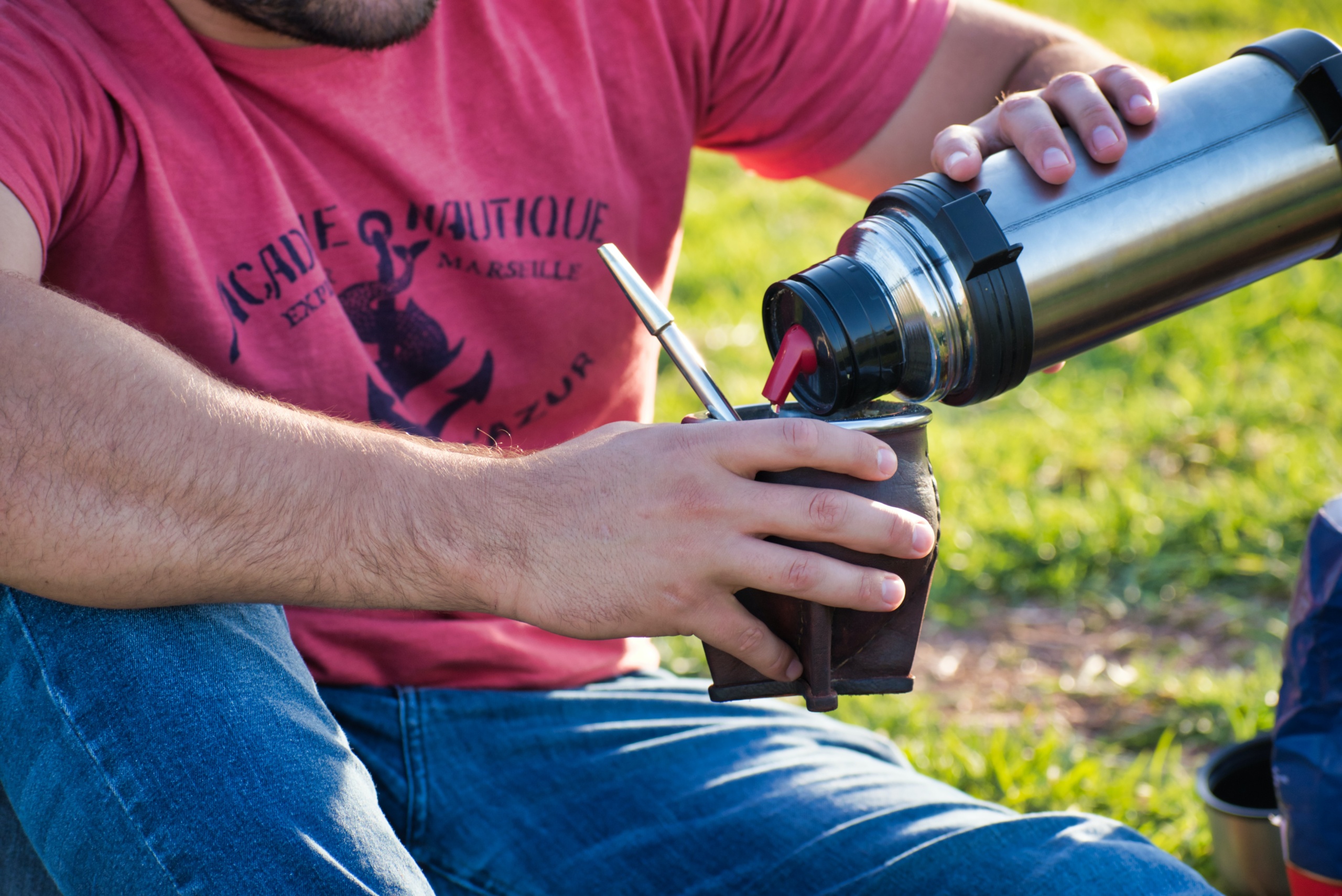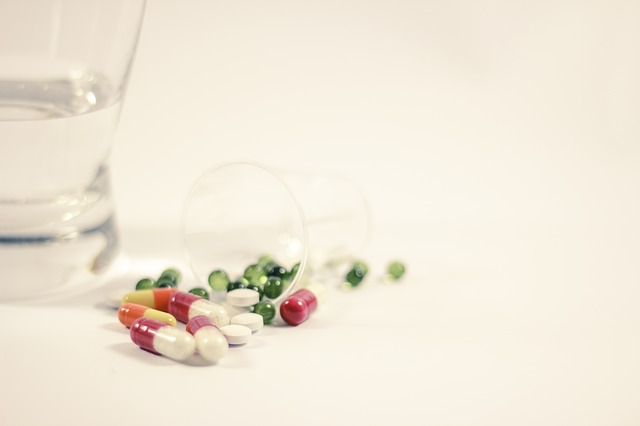By Samhar Almomani, Publishing Associate: Researcher and Writer at Save the Water™ | October 24, 2022
Many people feel helpless when it comes to advocating for positive change. There are big issues to resolve, such as water contamination. People may feel like no matter how much they ask for cleaner water, the issue is out of their control.
However, there are many examples of people’s advocacy for their own well-being for major change. Such events should inspire us to work towards a healthier future.
The Story of the Short Beach Neighborhood in Branford, Connecticut
Long Island Sound, an island group in the United States that includes the Short Beach neighborhood, has suffered from fecal contamination in the water for many years.
There are many negative health effects due to fecal contamination of water:
- Increased spread of diseases, such as cholera, polio, and hepatitis A
- Malnutrition and dehydration due to diarrhea
- Loss of money due to the time spent on accessing clean water
- Insects that spread disease may reproduce in fecal water and spread disease to clean water containers
The Short Beach neighborhood had been experiencing high rates of Escherichia coli bacteria. The suspected cause was a the sewage system breach into the stormwater.
A team of students and faculty members from Yale University wanted to work with the local health department to map local sewage systems. A clear map with these locations would allow them to assess the possible sources of contamination.
The Power of Citizens to Push for Change
The local health department and students from Yale University recruited eight citizen science volunteers. The volunteers were given written protocol. The laboratory was able to measure the levels of bacterial contamination.
The department and students used volunteers to foster an engaged relationship between academic researchers, local governments,health departments, and neighborhood residents. This is a way to ensure long-term cooperation that results in sustainability. It can prevent the problem from coming back in the community after the researchers have left.
An important aspect of this project was that the community was still involved even after the sampling of the water. Attendees from the neighborhood discussed the results of the water contamination levels at Civic Association meetings. They were able to give their input on recommended policies for improving the local water quality.
Sustainable Projects in the Future
The transparency of the researchers and the involvement of neighborhood residents helped the project become sustainable. The people living in the area are actively involved in ensuring a clean source of water.
Strong engagement of citizens in their own health is a great method that will save resources. Volunteers need to see that their contributions are heard. This means that communication is necessary in these projects in order to engage the volunteers.
Fecal contamination rates of all water sources went above the Connecticut Department of Public Health guidelines. With this knowledge, the state will be able to intervene and ensure clean water. This successful story should be an inspiration to citizens everywhere. It shows that they can make a difference in their communities by volunteering and engaging in making their neighborhoods better.





